Community Voices … with Anna Prunicki: Oakwood School students relish in speaking with ISS astronaut
After more than a year of anticipation, Oakwood students were finally able to participate in the Amateur Radio on the International Space Station program
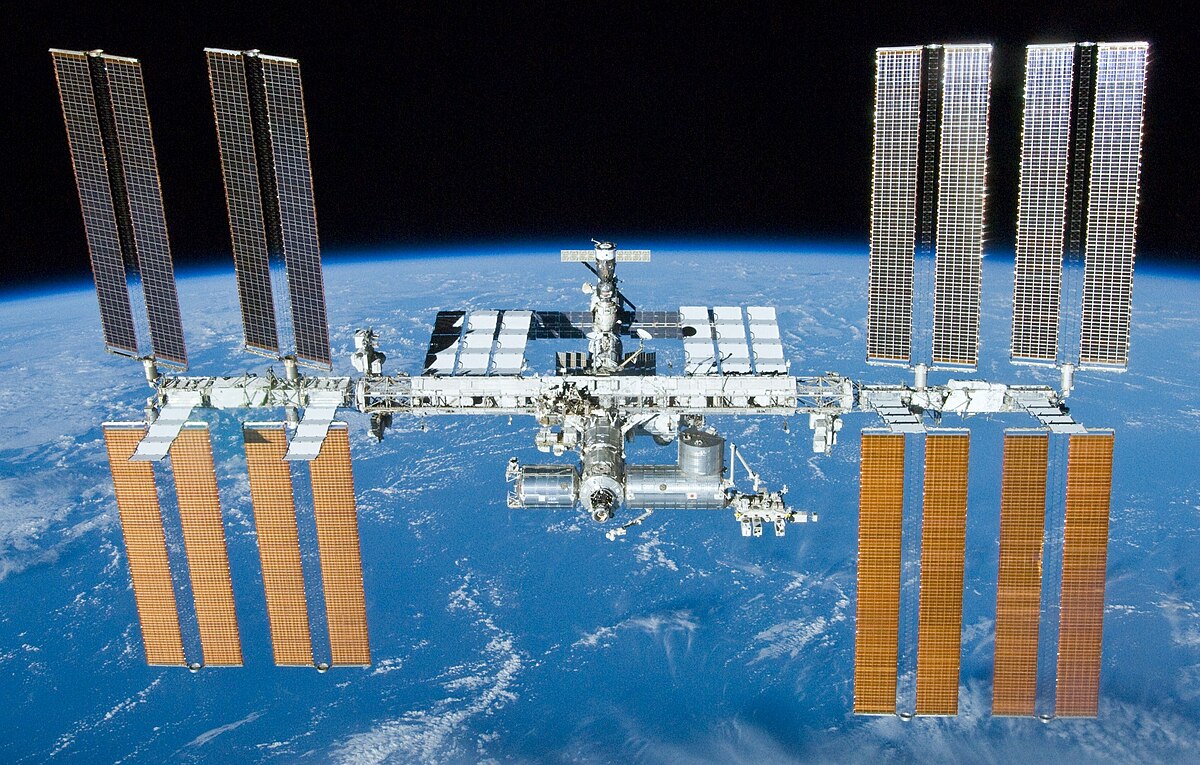
By Anna Prunicki
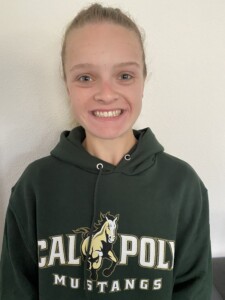 Talking with a space station crew? While it’s impossible for most people, the students at Oakwood School were given the opportunity to do so March 22. Although the contact was originally supposed to happen in April 2020, the COVID-19 outbreak delayed it for nearly a year.
Talking with a space station crew? While it’s impossible for most people, the students at Oakwood School were given the opportunity to do so March 22. Although the contact was originally supposed to happen in April 2020, the COVID-19 outbreak delayed it for nearly a year.
Leading up to this exciting event, Oakwood created a Year In Space curriculum to give students — particularly younger students — a brief overview of astronomy. Some of the activities that comprised this curriculum included reading astronomy books, building lunar landings dioramas, and viewing the 2019 Mercury transit, which was hosted by Oakwood’s High School Astronomy Club.
After more than a year of anticipation, Oakwood students were finally able to participate in the Amateur Radio on the International Space Station program and make contact with astronaut Shannon Walker. The event began with John Kludt from the ARISS program explaining how contact with the ISS would be made.
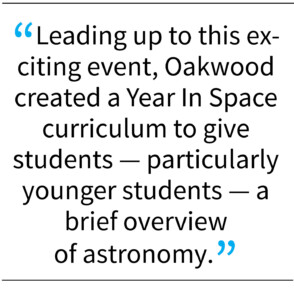 Before talking with Dr. Walker, a video explaining how contact works from the ground and from the ISS was shown to students. The most important part of ensuring contact from the ground is the position of the radio antenna, which needs to stay pointed at the ISS at all times. This requires it to be tracked exactly.
Before talking with Dr. Walker, a video explaining how contact works from the ground and from the ISS was shown to students. The most important part of ensuring contact from the ground is the position of the radio antenna, which needs to stay pointed at the ISS at all times. This requires it to be tracked exactly.
In order to make contact from the ISS, a handheld radio, headset, and handheld video unit are needed. Unfortunately, radio contact is only good for about 10 minutes, so conversations need to fit that time frame. The ISS travels at 4.76 miles per second. Ground transmitters are much more powerful than those on the ISS, meaning we could hear the astronauts before they could hear us. The ISS orbits the Earth about 16 times a day and was passing over Italy at the time of contact. Claudio Ariotti from the ARISS Ground Station in Casale Monferrato, coordinated the contact.
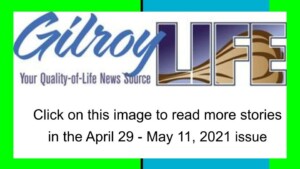 Once contact with Dr. Walker was established, students from preschool to 12th grade participated in a Q&A session. It was very unique due to the differences in astronomical understanding posed in the questions, though Dr. Walker answered everything directly and enthusiastically.
Once contact with Dr. Walker was established, students from preschool to 12th grade participated in a Q&A session. It was very unique due to the differences in astronomical understanding posed in the questions, though Dr. Walker answered everything directly and enthusiastically.
Students asked questions such as, “Do the constellations from the space station look different from how they do on Earth?” The answer was that constellations don’t look different, but are harder to pick out due to the lack of atmosphere in space. More stars are visible, so it’s harder to see individual constellations.
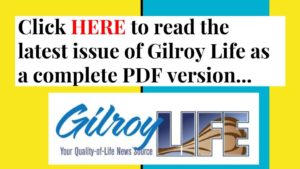 Another question we asked: “How do you become an astronaut?” Though there are no doubt many challenges to becoming an astronaut, Dr. Walker’s biggest piece of advice was to do well in school. As a senior entering college as a physics major, I found the event to be very informative and enjoyable. Fourth grader Gianna Prunicki said: “I think I learned a lot about space from the ARISS program. I also really liked hearing the astronaut talk.”
Another question we asked: “How do you become an astronaut?” Though there are no doubt many challenges to becoming an astronaut, Dr. Walker’s biggest piece of advice was to do well in school. As a senior entering college as a physics major, I found the event to be very informative and enjoyable. Fourth grader Gianna Prunicki said: “I think I learned a lot about space from the ARISS program. I also really liked hearing the astronaut talk.”
The event has sparked an interest in astronomy for many. Oakwood High School students can continue their interest in space through the astronomy class and club. View the video of the contact at www.oakwoodway.org/iss.
Anna Prunicki is a senior at Oakwood High School. She wrote this column for Gilroy Life.
- Guest column by Jaci Muro: Gilroy Foundation supports young people with college scholarships - March 30, 2024
- Your Retirement … with Marisa Otto: Financial freedom can be a great gift for you and your family - March 30, 2024
- Your Garden … with Sharon McCray: Oxalis Californica can be an amazing addition to your garden, or a nuisance - March 30, 2024
